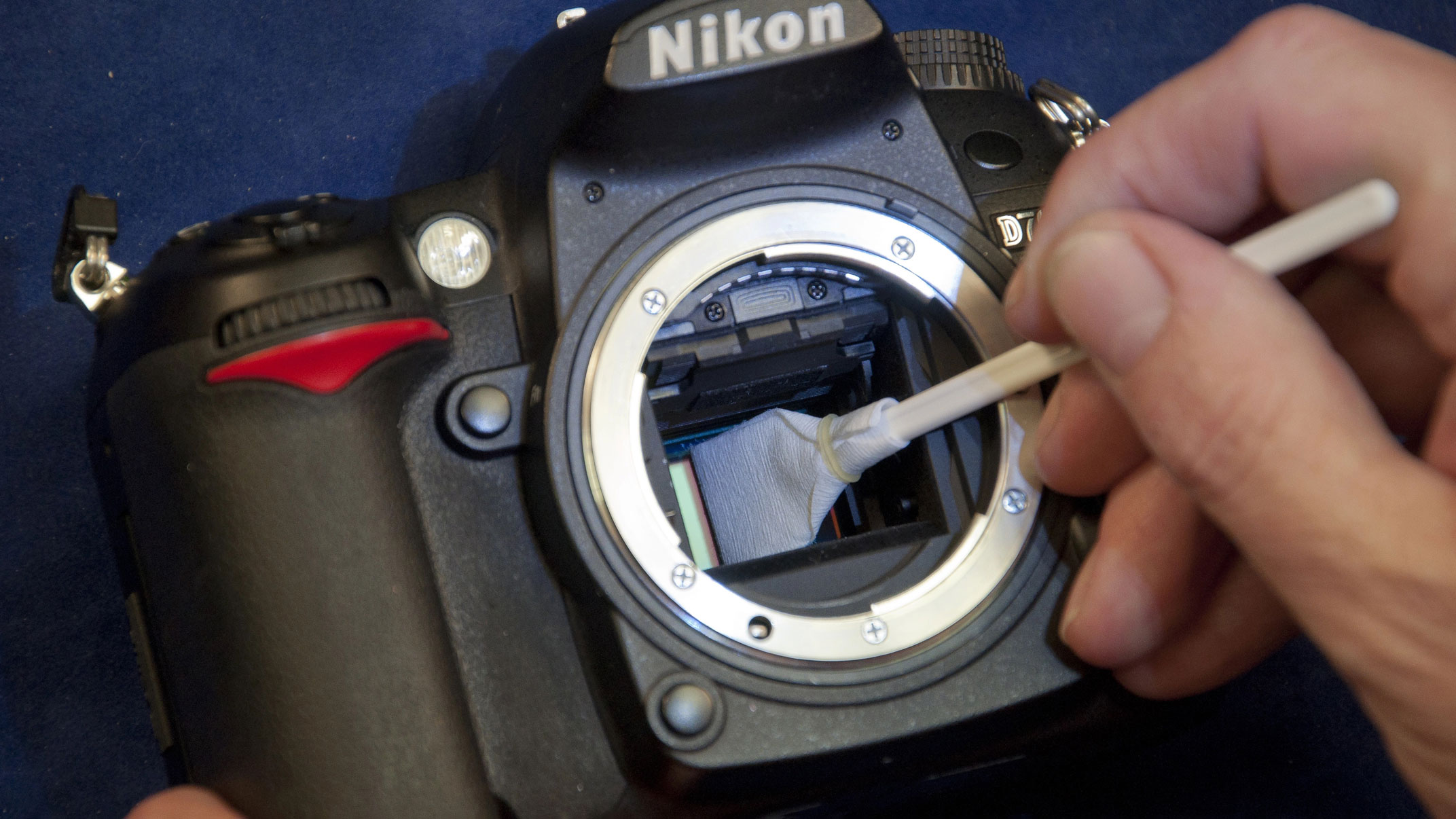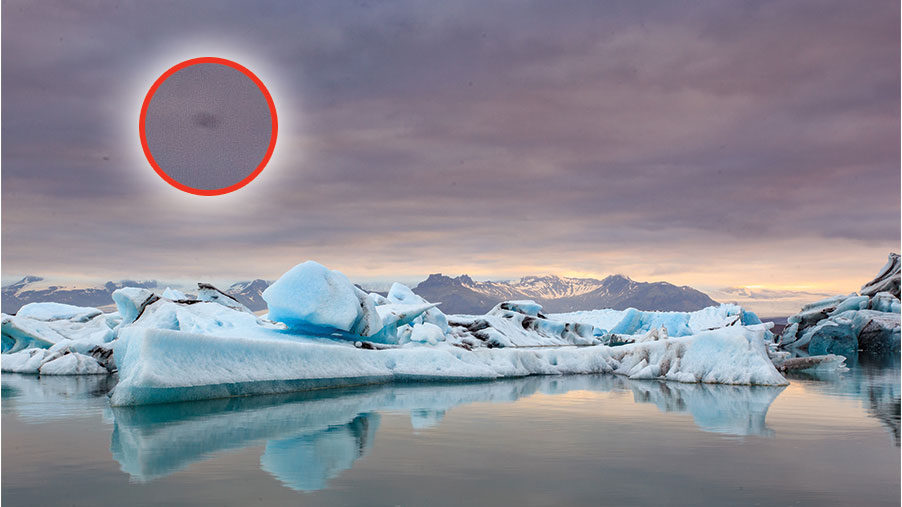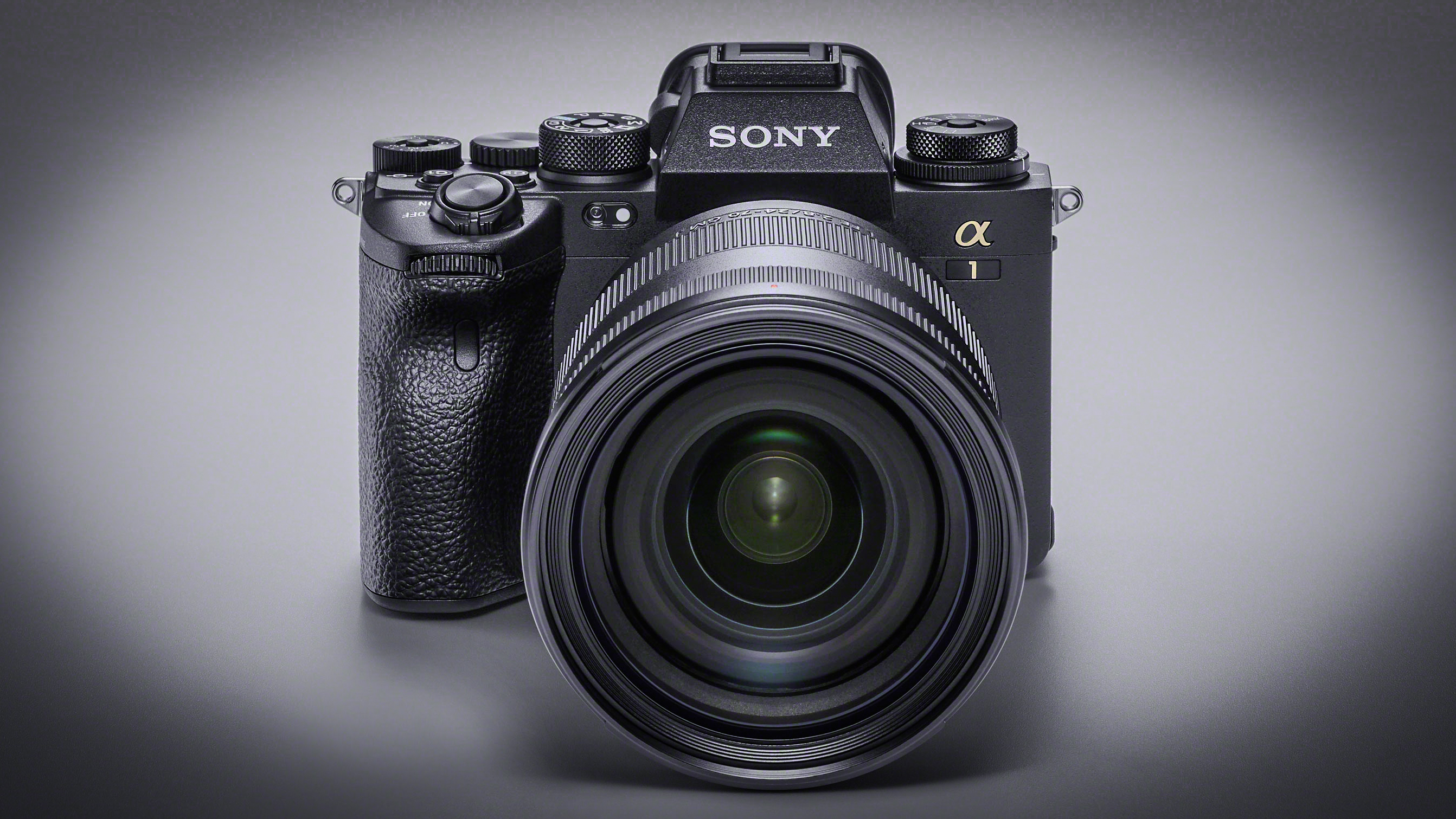Do I need a sensor cleaner? How to recognize sensor spots, how to fix them
If you own a DSLR or mirrorless camera, sooner or later you will run into sensor spots – so do you need a sensor cleaner?

Sensor spots are an unfortunate side-effect of owning a camera with interchangeable lenses. The advantage of being able to swap lenses outweighs the aggravation of occasional sensor spots, but you still have to deal with this issue from time to time.
We've just updated our guide to the best camera sensor cleaners, so it seemed like a good time to explain what they do, when you might need one and whether you actually need one at all.
• Best sensor cleaning kits
• How to clean a sensor
Do I have spots on my sensor?
You can take the lens off and look, but it can be hard to angle the light to reflect off the sensor surface in a way that shows them up, and they are so small that you would need pretty good eyesight too.
Besides, even if you can see spots on the sensor surface, that does not mean they will show up in your images. Sensors have layers of filters above the photosensitive surface, and the thicker these filters, the more out of focus any dust spots become.
The real test is to check your images. If you see dark, diffuse spots on your images, and they are in the same place on each one, then you have dust on your sensor. These are most obvious in areas of even tone, especially skies. If you don’t see spots, you don’t have a problem!
(Sometimes you don’t see spots, but faint transparent disks, or squiggly lines caused by tiny fibers on the sensor surface.)
The best camera deals, reviews, product advice, and unmissable photography news, direct to your inbox!
Even if you do have sensor spots, don't forget you can remove sensor spots in Lightroom and other photo editors. Sometimes it's just easier to treat the symptoms!

Why doesn’t my camera’s sensor cleaning fix this?
Almost all interchangeable lens cameras have dust removal systems that shake the sensor at a high frequency, often when you start the camera up or turn it off. These can shake loose dust particles off the sensor, but can’t shift ‘sticky’ dust or fibres. Annoyingly, a lot of dust IS ‘sticky’.
So what’s the best way to clean a sensor?
We suggest starting with the simples and least hazardous processes and working up to full on sensor cleaning kits only when you have to.
1. Try a blower brush. Take off the lens, face the camera downwards to let any dust fall out, and use a Hurricane Blower or similar to blow puffs of air at the sensor. DON’T use compressed air canisters. The high pressure blast can damage small components and leave chemical residues. DON’T let the tip of the blower brush touch the sensor surface.
2. Try a ‘dry’ dust removal device. There are several types, some using tiny sticky pads to pick up the dust. For this you need to know where the dust is, so you should also consider an illuminated ‘sensor loupe’. This is basically a magnifying lens with its own light.
Here is a video demonstrating the Dust-Aid tool that we recorded at The Photography Show...
3. Carry out a ‘wet’ clean as a last resort. For this you need a sensor cleaning kit consisting of swaps the right size for your sensor, proper sensor cleaning fluid… and patience.
Why is my sensor dirtier than when I started?
When you clean a sensor it’s VERY easy to add more dirt than you remove. This is why we recommend starting with a blower brush, moving up to a targeted ‘dry’ sensor cleaning tool if that doesn’t work and using sensor swabs and fluid only if you have to.
You can only use sensor swabs once, straight from the packet, and even then it’s very easy to accidentally drag in oil and other debris from the edges of the sensor where it collects in the corners of the sensor mount.
You may never get your sensor perfectly clean, even with practice, so our final piece of advice is: quite while you’re ahead!
Read more:
• Remove sensor spots in Lightroom
• Using the Dust-Aid Light Wand
• Camera sensor cleaning tips
• Best sensor cleaning kits

Rod is an independent photography journalist and editor, and a long-standing Digital Camera World contributor, having previously worked as DCW's Group Reviews editor. Before that he has been technique editor on N-Photo, Head of Testing for the photography division and Camera Channel editor on TechRadar, as well as contributing to many other publications. He has been writing about photography technique, photo editing and digital cameras since they first appeared, and before that began his career writing about film photography. He has used and reviewed practically every interchangeable lens camera launched in the past 20 years, from entry-level DSLRs to medium format cameras, together with lenses, tripods, gimbals, light meters, camera bags and more. Rod has his own camera gear blog at fotovolo.com but also writes about photo-editing applications and techniques at lifeafterphotoshop.com
